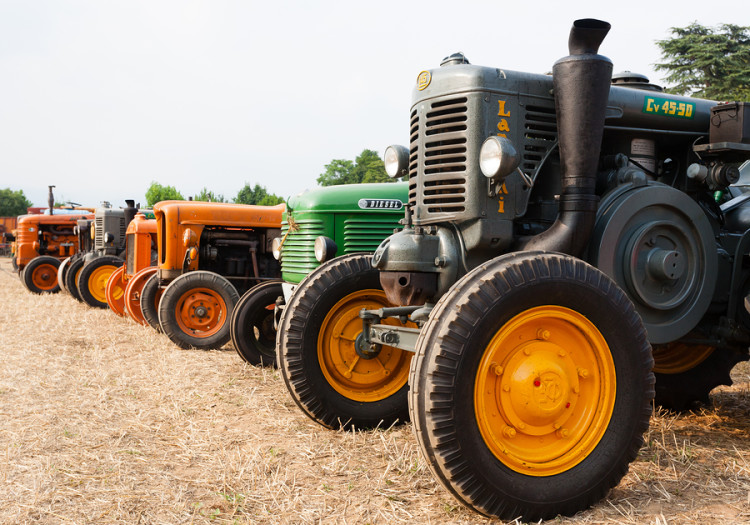Want to Buy a Farm? Here’s Where Prices Are Rising and Falling

(Bloomberg) —Ready to quit the city, buy a farm and live out your rural fantasy? Bargains can be found in South Dakota, but you better move quickly in California, which is getting pricey.
Average farmland values nationwide have risen 2.3 percent to $3,080 an acre so far in 2017, according to an annual report released Thursday by the U.S. Department of Agriculture. That gain, which erases last year’s decline of $10 an acre, is mostly due to increases in the value of buildings and land put into non-agricultural uses.
State-by-state, however, the picture is varied.
“What region you’re in and what commodities you produce matter,” said Dan Kowalski, director of research at CoBank, an agricultural lending cooperative based in Greenwood Village, Colorado.
California, the biggest U.S. agricultural producer and home to high-value crops such as almonds and avocados, saw the largest gain in land values, an increase of 10 percent to $8,700 an acre. The end of a multi-year drought there may have brought confidence back into farmland buying, Kowalski said.
The biggest drop was in South Dakota, down 3.1 percent to $2,180 an acre.
“You’re seeing a heavier correction on the fringes of the Corn Belt,” Kowalski said. “The values just ran so much further than what the commodity price could justify.”
Farm income may slump for a fourth straight year, meaning capital less capital is available to spend on land, said Nathan Kauffman, an economist with the Federal Reserve Bank of Kansas City. Rising interest rates are also pushing down sales prices and making some farmland less attractive to outside investors, he said.
Still, with some signs of commodity prices bottoming out, stability is returning in some regions.
“We’re seeing an adjustment to a new reality in agriculture,” Kauffman said. “Most sales are farmer-to-farmer, but farmland is still attractive as a long-term investment because it generates cash flow and there’s only so much land out there.”
The Corn Belt remained the most-expensive area. Heavily urbanized Rhode Island is the costliest state, at $13,800 an acre. New Mexico, where most agricultural land is used for grazing, is cheapest at $530.
Still, reasonably priced farmland can be found in every state if someone knows where to look, Kowalski said. New York, for example, has a large number of small farms alongside its upstate dairies, bringing the average price statewide to $2,980 an acre, below the national average and less than half the Corn Belt price.
“It’s a matter of how far away you want to get from the city,” he said.







No Comment